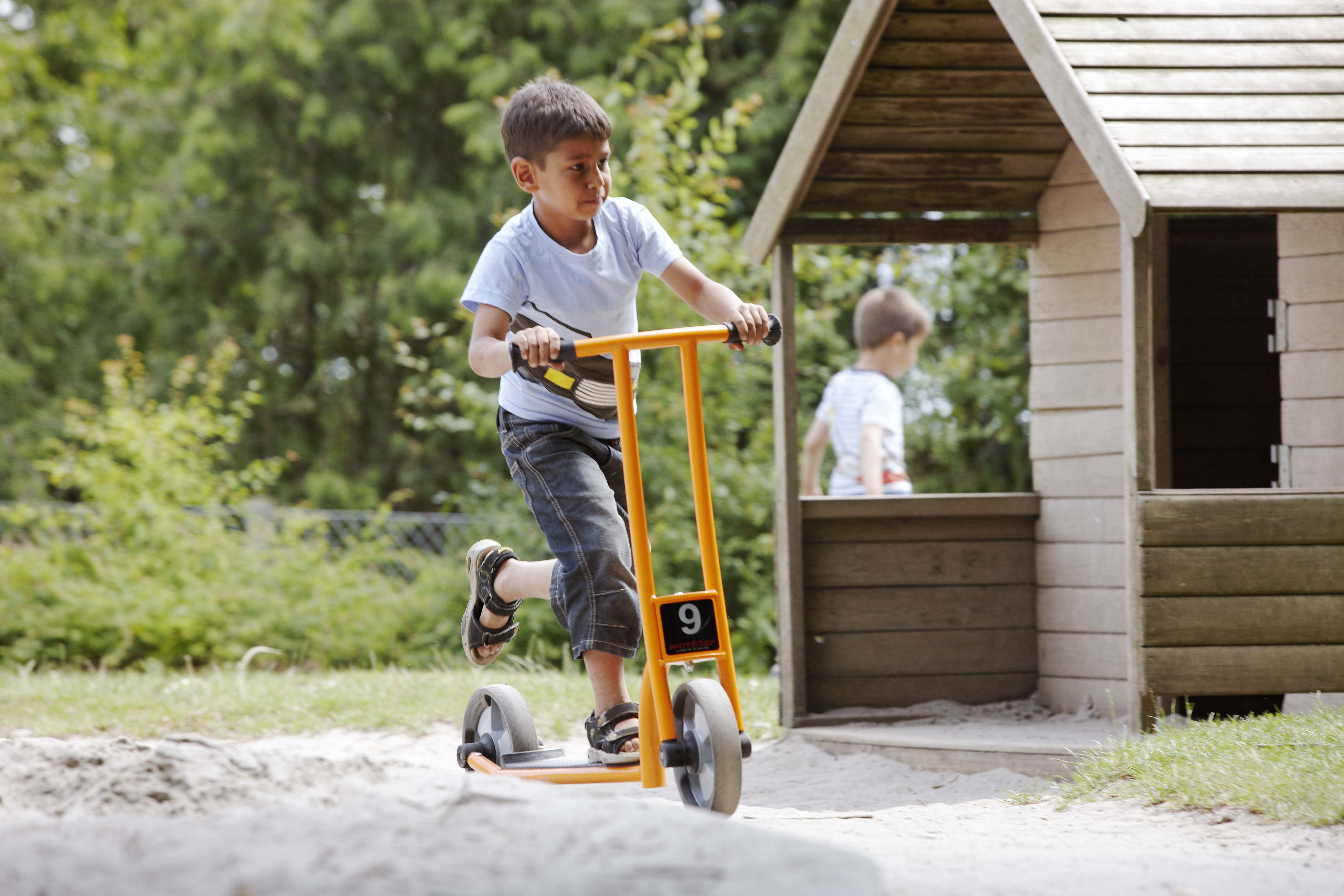Both the peripheral vision, near/far and focal vision are stimulated when navigating through the surroundings, avoiding obstacles and other bikers using saccades, smooth pursuit, converging and diverging
Vision
Vision is an incredibly complex system that creates large amount of activation over many areas of the brain. 70-90% of the sensory input comes from the vision and is governed by both reflexive and cognitively driven mechanism.
The vision controls up to 70% of postural activities and is directly connected to the vestibular system by the VOR (vestibule ocular relfex) to have smooth visual information available while moving through the world.
The eyes are each controlled by 6 muscles. Vision is therefore a skill and requires practice to be used efficiently.


